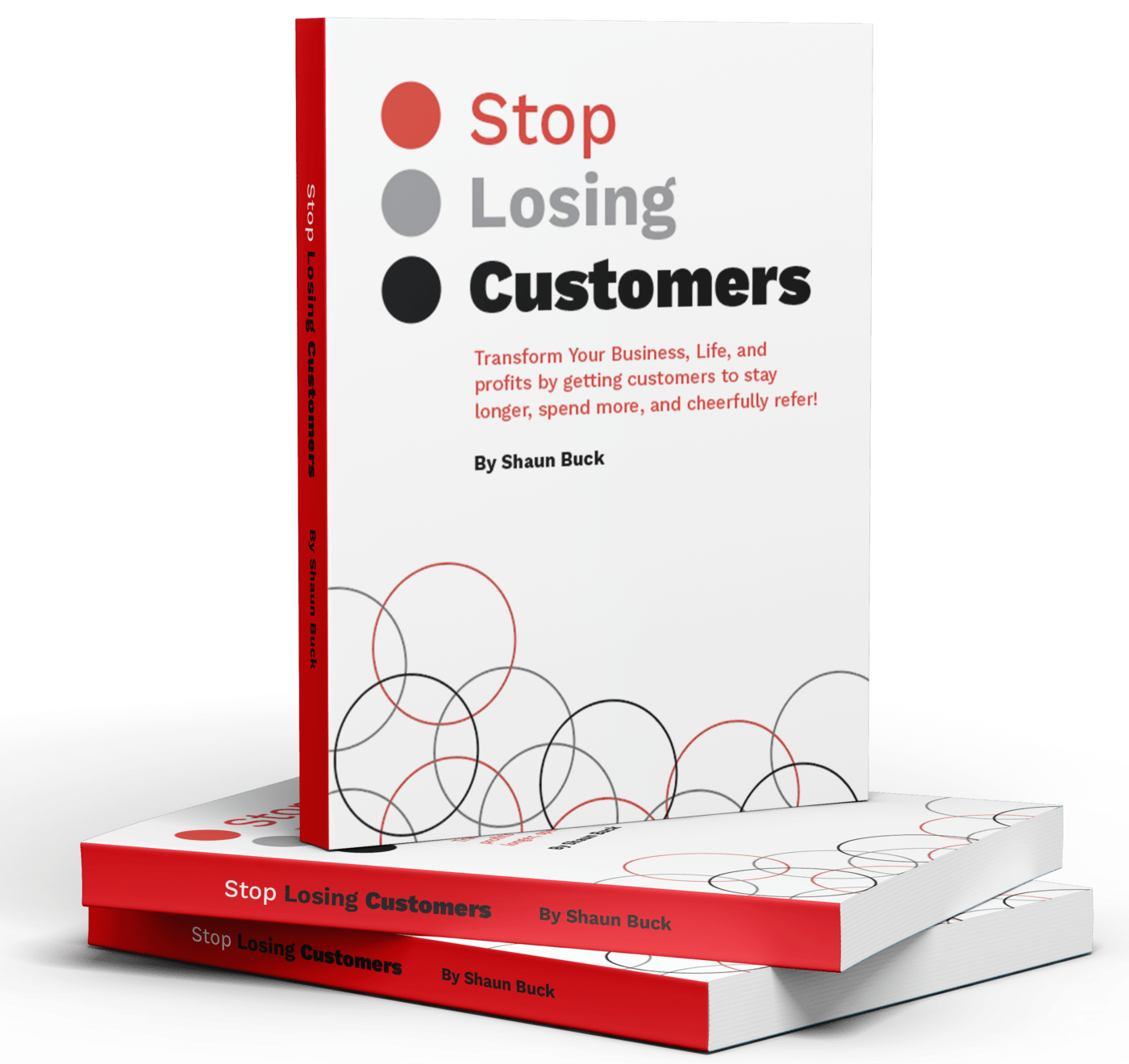Creating content for your website can be a challenging task. You want to make sure that the content you are producing is relevant, engaging, and informative to your audience. To ensure this, it is important to use the right strategies and techniques when creating content. This article will discuss five effective strategies for creating compelling content for your website.
These strategies include creating new information from old sources, being selective in your sources, making visuals to enhance your content, using data to create relevant topics, and concluding with an impactful summary. By following these tips, you can ensure that your content stands out from the crowd and provides value to your readers. With these strategies in mind, you can create high-quality content that will keep your readers coming back for more.
Creating New Information from Old Sources
In the digital age, the availability of information has grown exponentially. With so much information available, it’s important to be able to synthesize existing content and create something new. This is especially true for content creators who are looking to stand out in an increasingly crowded online space. By taking existing information and creating something new, content creators can make their work more engaging and informative for their audience.
Analyzing Existing Content
The first step in creating new information from old sources is to analyze the existing material. Take some time to read through the source material and identify key points or themes that could be used as a basis for your own work. Pay attention to how the author has structured their argument and think about how you might draw on this structure in your own writing. Additionally, consider any gaps in the source material that you could fill with your own research or analysis.
Conducting Your Own Research
Once you’ve identified what you want to use from existing sources, it’s time to conduct your own research. Look for additional sources that provide further insight into the topic or offer a different perspective on the issue at hand. Make sure that all of your sources are reliable and come from reputable outlets. Additionally, be sure to cite all of your sources properly so that readers can easily find them if they want to learn more about a particular topic.
Creating Your Content
Now it’s time to put all of these pieces together and create something new! Start by writing an outline of your piece that includes all of the points you want to cover and any supporting evidence you have gathered during your research process. As you write, make sure to include references and citations where necessary so that readers can easily find additional information if they want it. Finally, when you are finished with your piece, take some time to review it and ensure that everything flows logically and makes sense for your audience.
By combining existing knowledge with fresh insights gained through research, content creators can create unique pieces of work that will engage their audience and help them stand out in a crowded online space. Taking the time to synthesize existing information and conduct additional research will help ensure that content creators are producing high quality work that adds value for their readers.
Be Selective in Your Sources
When creating content, it is important to be selective in the sources you use. It is not enough to simply include any source that supports your argument; rather, you should strive to use only the most reliable and credible sources available. It is important to choose sources that are unbiased, have been peer-reviewed, and are from reputable organizations or individuals.

Check for Bias
When selecting sources for your content, it is important to consider whether the source has a bias. Bias can come from a variety of sources, including political leanings, religious beliefs, or personal opinions. A biased source may present information in a way that does not accurately reflect reality and can lead readers astray. To ensure accuracy and objectivity in your content, make sure to check for bias before citing a source.
Look for Reputable Sources
In addition to checking for bias, it is also important to look for reputable sources when gathering information. Reputable sources can include books published by well-known authors or publishers, articles written by experts in their field, and websites from trusted organizations or institutions. When choosing sources for your content, make sure they come from reliable authorities on the subject you are writing about.
Verify Credibility
Finally, it is essential to verify the credibility of any sources you plan to use in your content. This can be done by looking at the author’s credentials or researching the organization behind the source material. Additionally, it is important to read through the material carefully and determine whether it provides accurate information that supports your argument. By taking these steps before citing a source in your content, you can ensure that only accurate and credible information is included in your work.
Make Visuals to Enhance Your Content
Visuals are a great way to engage readers and make your content more interesting. They can also help break up long blocks of text, making it easier for readers to digest information. When creating visuals, it’s important to choose ones that are relevant to the topic you’re writing about. For example, if you’re writing about the history of the American Revolution, you might include visuals such as maps, paintings, or diagrams of battle scenes.
Choose Visuals That Are Easy to Understand
When choosing visuals for your content, it’s important to make sure they are easy to understand and interpret. For example, if you’re writing about a complex topic such as climate change, using a graph or chart might be helpful in illustrating the main points. Additionally, if you’re writing about a controversial issue such as gun control laws, using an infographic could be beneficial in clearly presenting both sides of the argument.
Include Captions With Your Visuals
Including captions with your visuals is also important for helping readers understand what they are looking at. Captions should provide concise descriptions of what is being shown in the visual and should explain why it is relevant to the topic at hand. Additionally, captions should include any source information that may be necessary for readers who want to learn more about the visual or its contents.
Cite Sources Whenever Possible
Finally, it’s important to cite sources whenever possible when including visuals in your content. This will help ensure accuracy and prevent any potential copyright infringement issues from arising. Additionally, citing sources will help build credibility with your readers by showing them that you have done your research thoroughly and can back up any claims you make with evidence.
Visuals can be a great tool for enhancing your content and engaging readers. By choosing visuals that are relevant to the topic at hand and including captions and source information whenever possible, you can ensure that your content is both interesting and accurate.
Use Data to Create Relevant Topics
Data can be a powerful tool when creating content that is both interesting and relevant. By leveraging data, content creators can create topics that are timely, informative, and engaging.
Analyzing Trends
One of the most effective ways to use data to create relevant topics is to analyze trends. This can be done by looking at the data around a particular topic or industry and determining what kind of trends are emerging. For example, if you’re writing about the restaurant industry, you can look at sales figures from different types of restaurants over time to see which ones are doing well and which ones are struggling. You can also look at customer reviews and feedback to identify areas where restaurants need to improve in order to stay competitive.
Researching Competitors
Another way to use data to create relevant topics is by researching your competitors. You can look at their website analytics, social media metrics, and other data points to get an idea of what they’re doing right and what they’re doing wrong. This will help you create content that is more valuable than your competitors’, as well as give you ideas for topics that will be more relevant to your readers.
Using Surveys & Polls
Surveys and polls are another great way to use data when creating content. By surveying your audience or running polls on social media, you can get an idea of what people want from your brand or product. This information can then be used to create content that is tailored specifically for them. For example, if you find out that a large portion of your audience prefers video content over written content, you could create videos related to the topics they’re interested in.
Tracking Performance
Finally, tracking performance is another great way to use data when creating content. By tracking the performance of different pieces of content, you can determine which topics are resonating with your audience and which ones aren’t. This will help you focus on creating more of the types of content that people enjoy reading or watching so that you can better engage with them in the future.
Overall, using data to create relevant topics is an effective way for content creators to create interesting and engaging pieces of content that their audiences will appreciate. By leveraging data points such as trends, competitor research, surveys and polls, and performance tracking, content creators can ensure that their work is both informative and entertaining for their readers.
Conclusion
The success of any content marketing strategy depends on the quality of the material presented. As such, it is important to understand how to create new information from old sources, be selective in your sources, and use visuals and data to enhance your content. By following these steps, you can ensure that your content stands out from the competition and effectively engages with your target audience.
Using existing sources as a starting point for creating new content can help save time and energy on research. It is important to remember that not all sources are equal, so it is important to select only reliable and trustworthy sources. Furthermore, visuals and data can be used to make the content more engaging and interesting. Finally, data can also be used to develop relevant topics that will attract the attention of your target audience.
Overall, by utilizing these strategies you can produce high-quality content that will keep readers engaged and build trust with them. This will ultimately lead to increased traffic to your website or blog, which in turn will result in more conversions and higher profits for your business.






